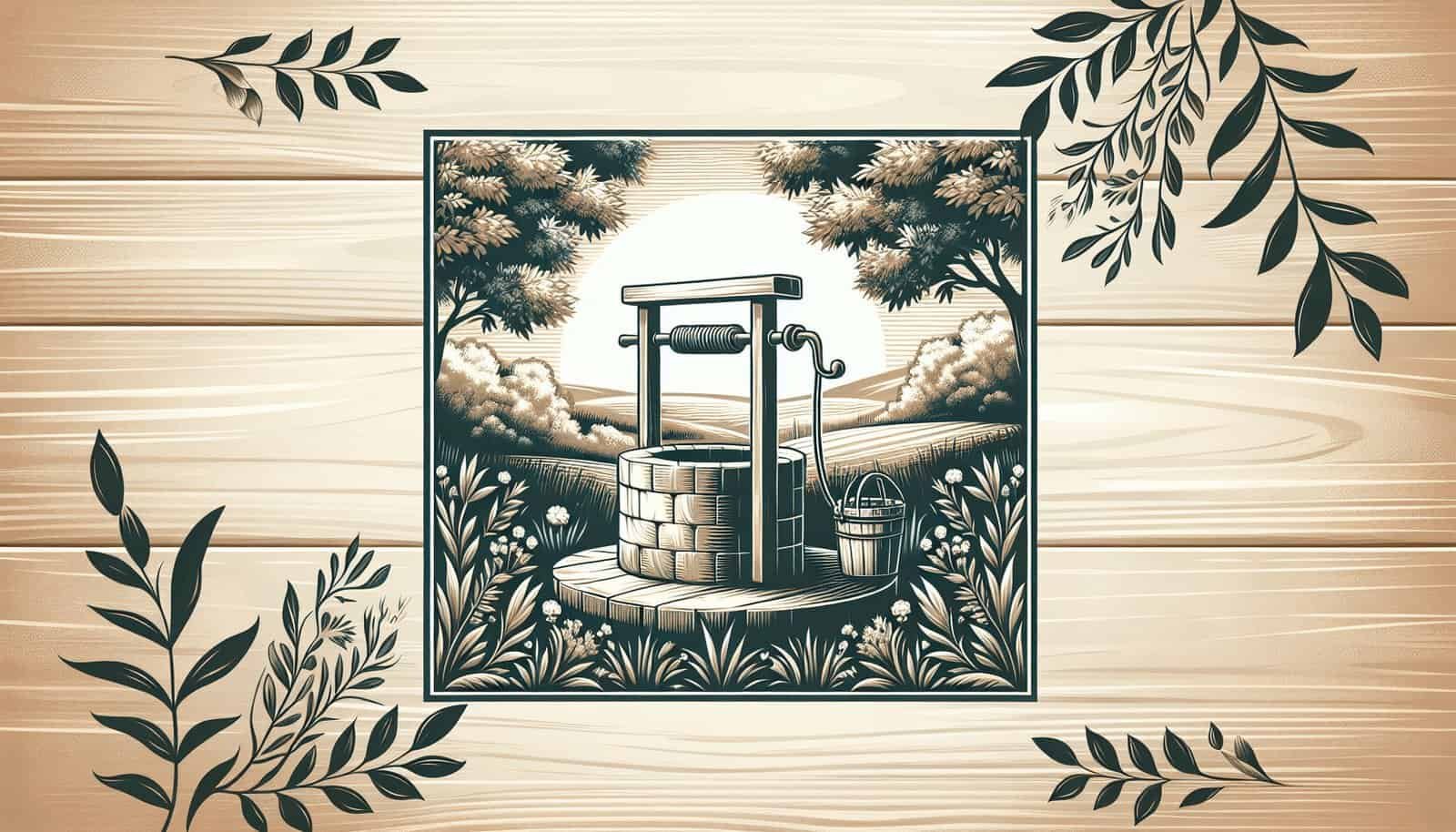Have you ever wondered how to ensure the water from your well remains safe and clean? Maintaining a private well not only involves routine checks but occasionally also requires taking more active measures, like shocking the well. This process, also known as well chlorination, is crucial for disinfecting the water supply and controlling potential harmful bacteria and other pathogens. This guide walks you through how to safely shock your well while also considering essential documentation aspects that support your well’s care.

Understanding Well Shock Treatment
Begin by familiarizing yourself with what it means to shock a well. This process is the treatment of your well water system with chlorine chemicals to sanitize and disinfect the water supply. Regular shocking of a well can eliminate bacteria, viruses, and various pathogens, ensuring the safety of your drinking water.
The decision to shock a well could be prompted by several factors, such as the results from water testing showing the presence of bacteria, unusual smells or tastes in your water, significant plumbing work, or even flooding that might introduce contaminants. Knowing when and how to shock your well is a key aspect of maintaining a safe water supply.
Safety Considerations Before Shocking Your Well
Before discussing the practical steps, prioritizing safety is crucial. Handling chemicals like chlorine requires caution and protective gear. Here are important points to consider for your safety and others around you:
- Use Safety Gear: Always wear protective gear including gloves, goggles, and masks. This prevents chemical burns and respiratory issues.
- Ventilation: Ensure good ventilation around the well zone. Chlorine fumes can be dangerous if inhaled in high concentration.
- Child & Pet Safety: Keep children and pets away from the area to avoid accidental exposure.
- Read Instructions Carefully: Follow the chlorine manufacturer’s instructions for the right concentration and any additional safety guidelines they provide.
Always approach this task methodically to minimize risks and ensure the results are effective.

Step-by-Step Guide to Shock Your Well
Now that safety is addressed, it’s time to dive into the practical steps needed to shock a well. Gathering the necessary tools and understanding each step ensures a thorough process.
Gather Necessary Supplies
Before starting, make sure you have the required items:
- Chlorine Bleach: Use regular, unscented household bleach.
- Measuring Equipment: Measuring cups or spoons for precise quantities.
- Funnel: To assist in pouring the bleach into the well.
- Bucket: For mixing the solution.
- Hose: To facilitate recirculation and distribution of the water-chlorine mixture.
Calculating the Correct Amount of Chlorine
Determining the right amount of chlorine is crucial for efficacy and safety. Overuse may damage your pipes and water system, while too little will be ineffective.
- Know Your Well’s Depth and Volume: Most recommendations are based on the number of gallons in your well. Use the formula or consult professionals to find accurate numbers.
- General Rule: For a 100-foot deep well, typically one cup of bleach is a good starting point, but adjust according to your well’s volume and current condition.
Applying the Chlorine
With your gear in place and amount calculated, it’s time to apply the chlorine:
- Turn Off the Pump: Before adding bleach, ensure that the well pump is turned off.
- Mix Solution: Add the calculated chlorine amount to the bucket with water to dilute it before introducing it to the well.
- Add to Well: Use the funnel and slowly add the chlorine solution into the well casing. Be patient and careful during this process.
- Circulate the Water: Connect a hose to an outdoor faucet running back into the well and turn the pump back on to recirculate chlorinated water for at least an hour. This ensures thorough mixing.
Let the Solution Sit
After circulation, allow the chlorine solution to sit in the well for an adequate amount of time:
- Disinfection Period: Let the well sit overnight, ideally 12-24 hours for the chlorine to disinfect effectively.
- Limit Use: Avoid using water for drinking or cooking during this period as it will have high chlorine levels.
Flush the System
The final step involves flushing the system to restore safe water levels:
- Run Water: Turn on all faucets starting with those closest to the well, running until chlorine smell fades. This might take several hours.
- Avoid Septic System: If you have a septic system, don’t run all taps simultaneously to prevent overloading.
Consistent and careful following of this process will result in a well water system that’s restored to safe conditions.

Aftercare and Regular Maintenance
Shocking a well is not a frequent requirement, but maintaining regular checks and timely interventions increases the lifespan and health of the well water system.
Monitor Water Quality
Continue monitoring by conducting regular water testing. Certain bacteria like coliform are easily detected and indicate the need for another shock or further investigation.
Regular Maintenance Schedule
Consider professional checks annually to assist long-term safety and efficiency:
- Professional Inspections: Experts can identify issues not immediately apparent and offer solutions.
- Routine Checks: Monitor visible parts and cleanliness around the well to prevent contaminants from entering.

Essential Documentation for Your Well
Beyond the physical maintenance of your well, vital documentation plays a crucial role in the long-term safety and compliance of well water management.
Records of Shocking and Maintenance
Maintain a record of every instance when your well was shocked alongside detailed entries of other maintenance activities. It assists in understanding the system’s history and planning future needs.
Water Test Results
Saving records of your water quality tests helps track changes over time. It’s a valuable resource for identifying contamination trends or system performance issues.
Well Construction Details
Secure the documentation concerning the construction of the well, including specifications like depth, diameter, and materials used. This data provides critical insights during problem-solving and technical inquiries.
Legal Compliance Documents
Verify that you maintain all necessary local or state permits, inspections, and health records. Regulations vary, so staying informed ensures you comply with regional guidelines.
Keeping thorough records ensures that you can manage the system effectively and provides essential information if you need professional intervention.

Conclusion
Taking care of a private well is an ongoing partnership between you and the environment. By understanding how to shock a well safely and maintaining up-to-date records, you can ensure the health and safety of your water supply. Remember that, with care and attention, you’ll provide clean and safe water for your needs consistently.

